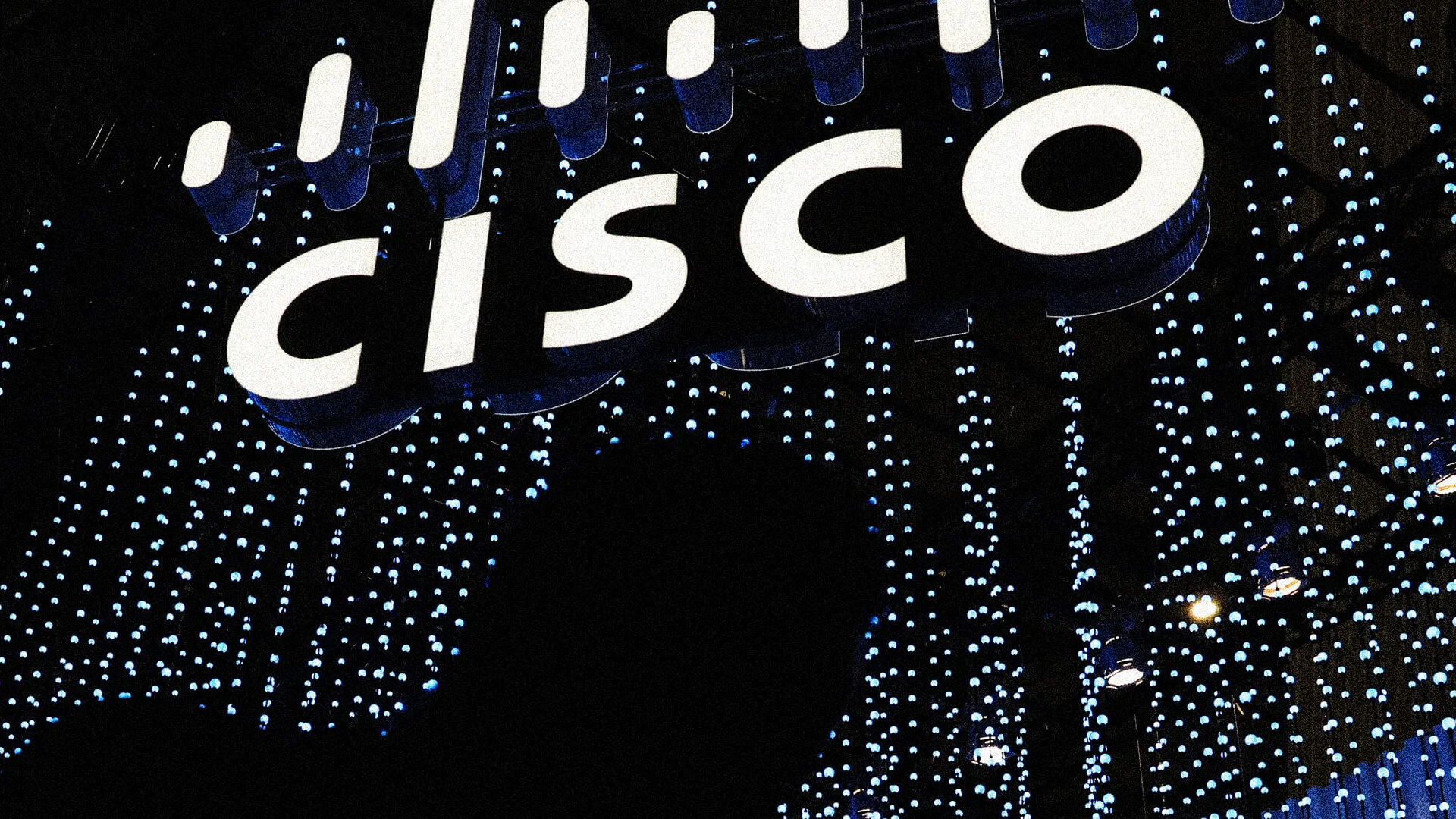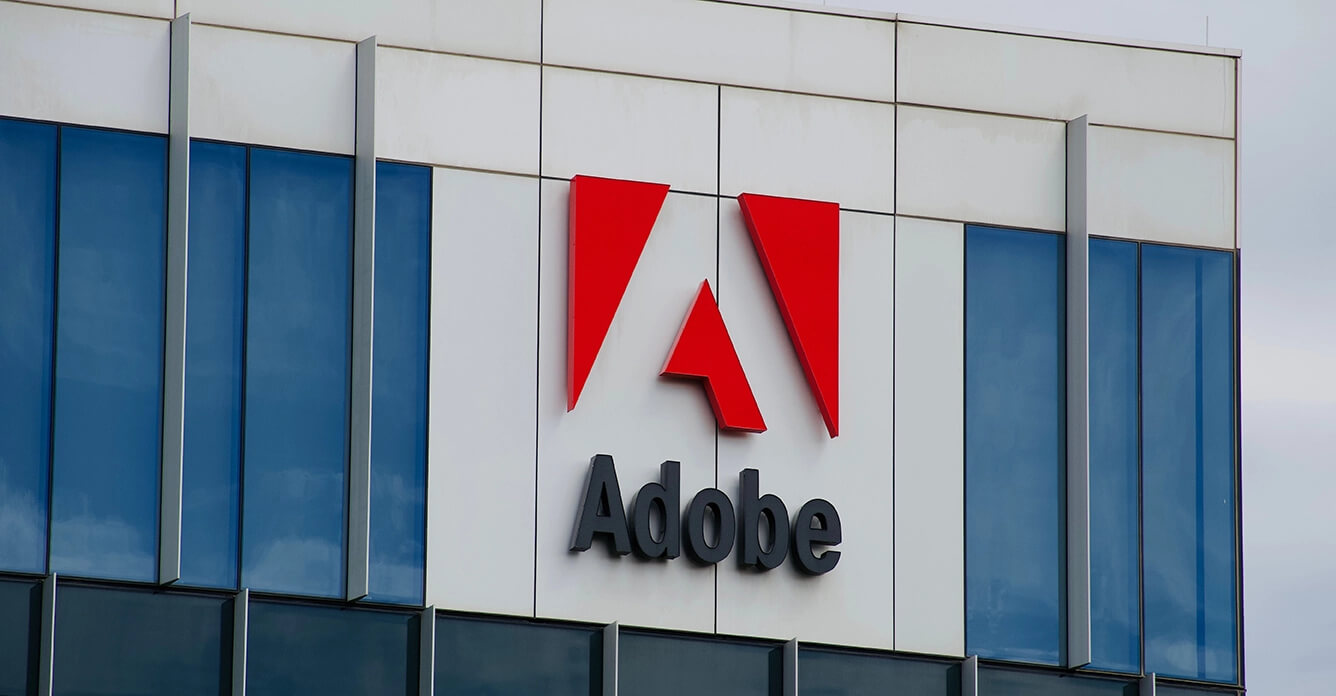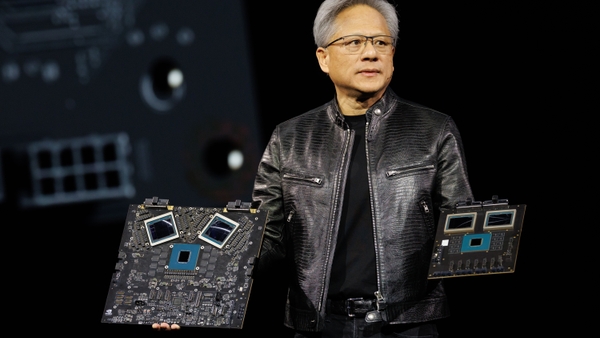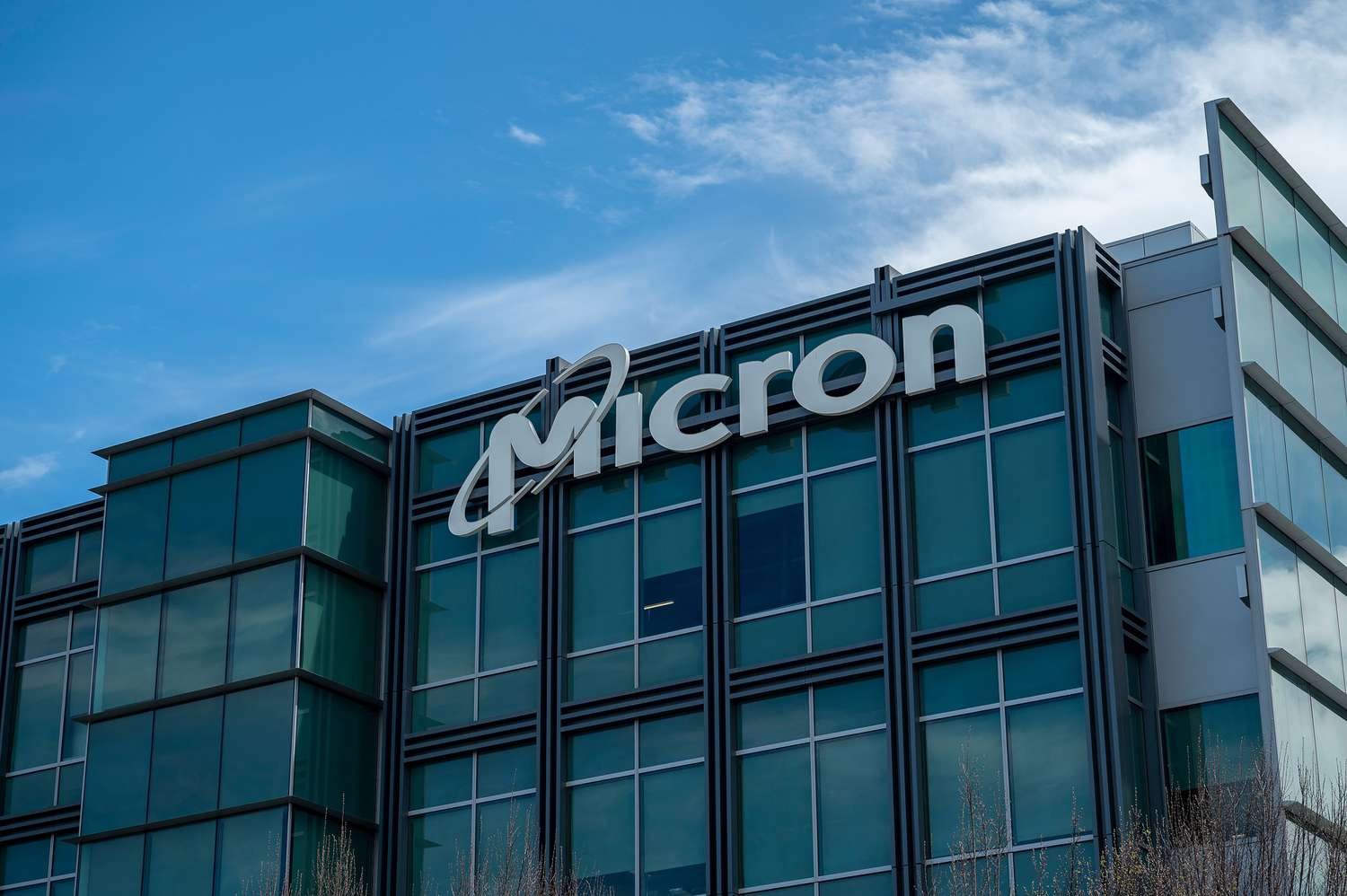
Cisco (NASDAQ:CSCO) at $50.32: Is AI Growth Enough to Push the Stock to $70?
Can Cisco’s AI Infrastructure and Security Expansion Justify a Higher Valuation? | That's TradingNEWS
Cisco Systems (NASDAQ:CSCO): AI-Driven Growth, Market Position, and Future Outlook
Can Cisco Systems (NASDAQ:CSCO) Maintain Its Growth as AI Reshapes Networking?
Cisco Systems (NASDAQ:CSCO) is undergoing a pivotal transformation as AI, cloud computing, and security drive the next wave of enterprise infrastructure spending. With the company reporting $13.9 billion in Q2 FY25 revenue, reflecting 9.4% year-over-year growth, and securing over $350 million in AI infrastructure orders, investors are now questioning whether this momentum can be sustained. The stock is currently trading at $50.32, representing a 6.5% gain over the last three months, but some analysts argue that Cisco remains undervalued despite its aggressive push into AI networking.
With AI shifting from training to production environments, can Cisco capitalize on the next phase of enterprise AI adoption, or will competition from Arista Networks (NYSE:ANET) and other challengers limit its upside?
AI Infrastructure Orders Surge as Cisco Expands Beyond Traditional Networking
Cisco’s expansion into AI networking is accelerating, with the company on track to exceed $1 billion in AI-related infrastructure orders in FY25. In Q2 alone, new orders grew by 29%, driven by demand from cloud service providers (CSPs), enterprise customers, and industrial IoT deployments.
A major catalyst for Cisco’s AI infrastructure growth is the adoption of its 800G Nexus switches, which help enterprises deploy high-speed AI workloads. With companies increasingly shifting from cloud-based AI training to on-premises AI production, Cisco is well-positioned to supply rack-scale solutions, hyperscale networking, and AI-powered security applications.
However, competition remains fierce. Arista Networks (NYSE:ANET) has aggressively expanded its data center switching business, capturing significant market share among hyperscalers. While Cisco remains the dominant player in networking with over 40% market share, Arista’s rapid growth has forced Cisco to double down on AI-native networking innovations.
Security and Enterprise Networking: The Next Phase of Cisco’s Growth
Beyond AI infrastructure, Cisco is positioning itself as a leader in AI-driven cybersecurity. The company has made multiple acquisitions in the past year, including Robust Intelligence, Deepfactor, and SnapAttack, strengthening its ability to secure AI workloads and enterprise networks.
With corporate spending on cybersecurity expected to exceed $200 billion by 2026, Cisco’s AI-enhanced Hypershield security solutions could play a major role in protecting enterprise data from breaches and unauthorized access.
Enterprise networking orders also surged by double digits in Q2, reflecting growing demand for WiFi 7-enabled campus networks, AI-powered automation, and cloud-based connectivity solutions. The company’s service provider business also benefited from CSP demand, with strong orders in its routing and switching segments.
With the return-to-office trend accelerating, Cisco’s campus networking business could see continued strength, though rising competition from smaller networking vendors remains a key risk.
AI Workloads Are Moving On-Premises—Can Cisco Benefit?
One of the biggest shifts in AI infrastructure is the transition from cloud-based training to on-premises AI production. While most AI models today are trained in the cloud using GPUs from NVIDIA (NASDAQ:NVDA) and AMD (NASDAQ:AMD), enterprises are increasingly deploying their own AI clusters for inference and real-time processing.
Cisco is well-positioned to benefit from this trend. The company’s Hyperfabric networking solutions are designed for high-performance AI workloads, while its AI-native security products help enterprises manage sensitive AI applications on-premises.
With NVIDIA’s Blackwell AI chips launching in late 2025, demand for low-latency, high-speed networking will continue to grow, reinforcing Cisco’s role in the AI-driven enterprise transformation.
Financial Strength and Shareholder Returns
Cisco continues to deliver strong free cash flow, with $16.85 billion in cash and equivalents at the end of Q2. The company recently authorized a $15 billion share repurchase program, bringing its total buyback authorization to $17 billion, underscoring management’s confidence in long-term growth.
In addition, Cisco raised its quarterly dividend to $0.41 per share, reflecting continued commitment to shareholder returns. With a forward P/E of 15.2x, Cisco remains cheaper than AI peers like NVIDIA (44x) and AMD (38x), making it an attractive value play in the AI infrastructure space.
Is Cisco a Buy, Hold, or Sell at Current Levels?
With AI networking and security demand surging, Cisco remains well-positioned for continued growth. However, competition from Arista Networks, security rivals like Palo Alto Networks (NASDAQ:PANW), and potential margin pressure from tariffs pose risks.
At $50.32 per share, Cisco still trades at a reasonable valuation compared to AI-driven peers, but investors should watch for further AI adoption, growth in AI infrastructure orders, and potential margin expansion in Q3 and Q4.
Final Verdict: Cisco is a Buy with a $70 price target, but short-term volatility remains a risk. Long-term investors should use any dips to accumulate shares.
For real-time Cisco stock updates, visit Cisco Real-Time Chart.
















